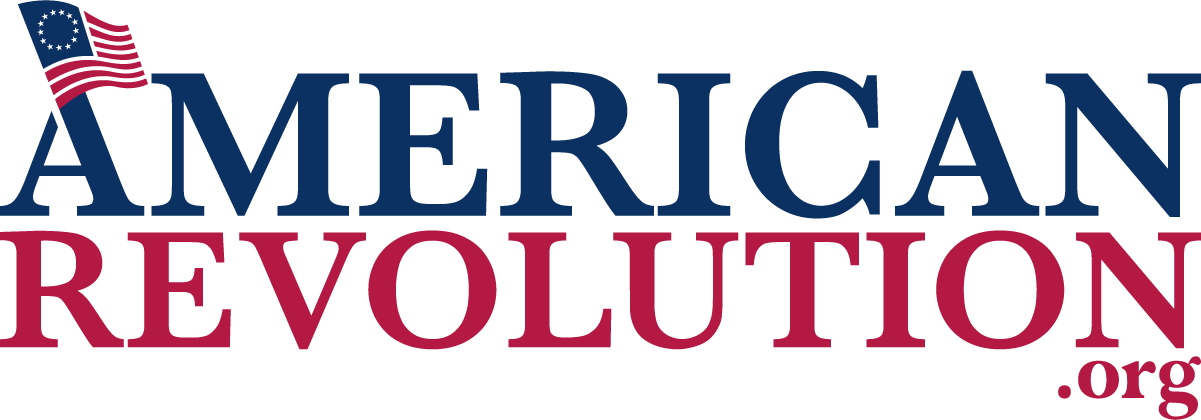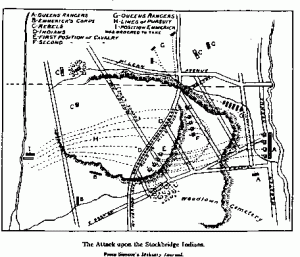Contents
Contents
Learn about the organization of the British Army during the American Revolution, with this book by Edward E. Curtis, Ph.D.
Chapters
- Chapter 1: The British Army at the Start of the Revolution
- Chapter 2: The Administrative Machinery of the British Army
- Chapter 3: Recruitment of the British Army
- Chapter 4: The Provisioning & Supply Lines of the British Army
- Chapter 5: The British Army's Transportation Problems
- Chapter 6: Why The British Army Lost the Revolutionary War


